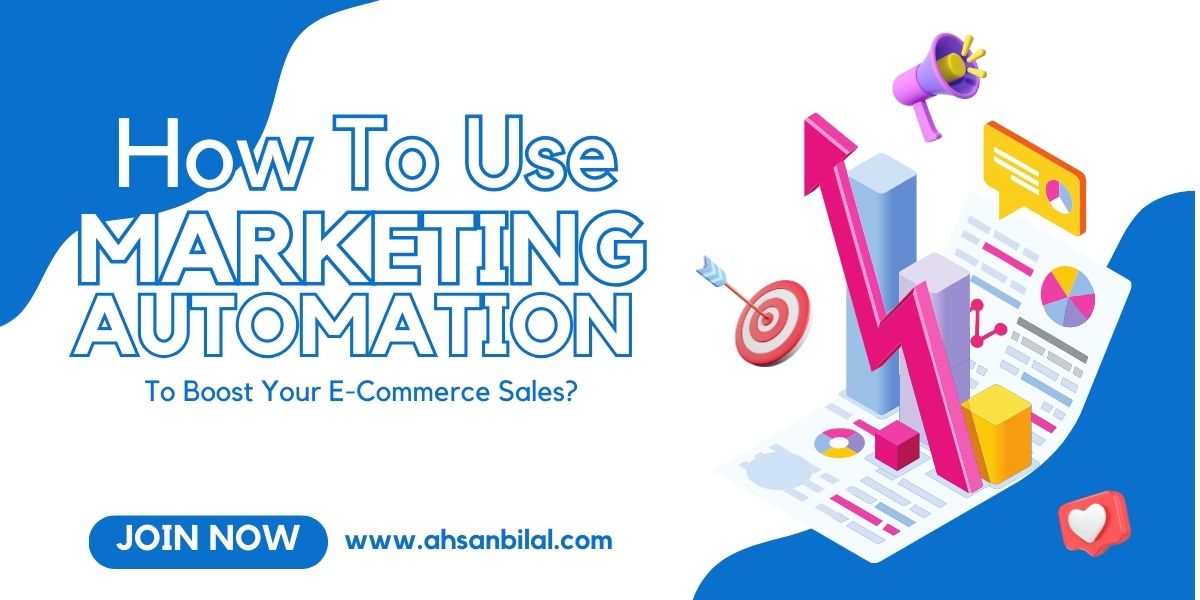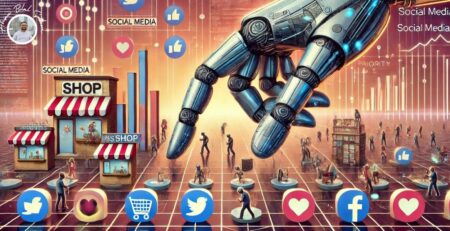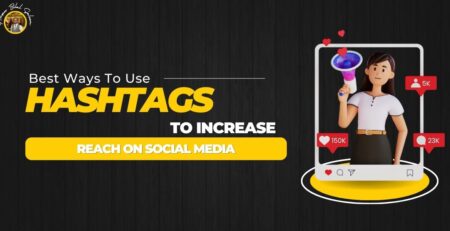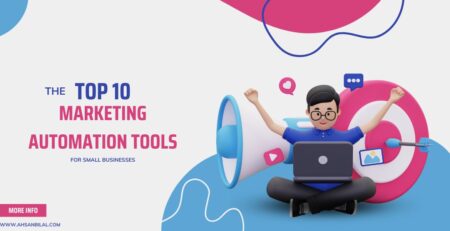How To Use Marketing Automation To Boost Your E-Commerce Sales?
In the ever-evolving landscape of e-commerce, businesses face the challenge of not only attracting customers but also retaining them and converting their visits into sales. Marketing automation has emerged as a game-changer, enabling e-commerce stores to streamline operations, engage customers more effectively, and ultimately boost sales. This article explores how to leverage marketing automation to supercharge your e-commerce business and drive revenue growth.
What is Marketing Automation?
Marketing automation refers to the use of software and technology to automate repetitive marketing tasks, such as email marketing, social media posting, customer segmentation, and lead nurturing. For e-commerce businesses, it helps in delivering personalized experiences to customers, optimizing marketing efforts, and increasing operational efficiency.
Benefits of Marketing Automation for E-Commerce
Enhanced Customer Engagement
Marketing automation allows you to engage with your customers at the right time with personalized messages. By automating interactions based on customer behavior, you can build stronger relationships and foster brand loyalty.
Increased Efficiency
Automating repetitive tasks like sending follow-up emails, segmenting customers, and managing ad campaigns frees up time for your marketing team to focus on strategy and creative initiatives.
Improved Lead Nurturing
Marketing automation enables you to nurture leads through tailored communication, guiding them through the sales funnel and increasing the likelihood of conversion.
Strategies to Boost E-Commerce Sales with Marketing Automation
1. Personalized Email Campaigns
Emails are a powerful tool for engaging with your customers, and automation can take this to the next level by personalizing each message based on user behavior.
How to Implement:
- Use customer data to segment your audience based on demographics, purchase history, or browsing behavior.
- Send personalized product recommendations, abandoned cart reminders, or exclusive offers.
- Use dynamic content that adjusts based on the recipient’s preferences or actions.
Example:
If a customer adds a product to their cart but doesn’t complete the purchase, an automated email can be sent within 24 hours, reminding them of the item and offering a limited-time discount.
2. Abandoned Cart Recovery
Abandoned carts are a common challenge for e-commerce stores, with approximately 70% of online shoppers leaving before completing their purchase. Marketing automation can assist with recuperating these lost deals.
How to Implement:
- Set up automated emails that trigger when a cart is abandoned.
- Include a reminder of the items left behind, along with a compelling call-to-action (CTA).
- Offer incentives like free shipping or a discount to encourage checkout.
Example:
An email sequence can be sent over a few days:
- Day 1: Friendly reminder of the items left in the cart.
- Day 3: Highlight product benefits and customer reviews.
- Day 5: Offer a special discount to complete the purchase.
3. Dynamic Product Recommendations
Customers are more likely to make a purchase when they are shown products tailored to their preferences. Marketing automation tools can analyze customer data to provide personalized product recommendations.
How to Implement:
- Use browsing and purchase history to suggest complementary or similar products.
- Display these recommendations on product pages, in emails, and during checkout.
Example:
If a customer purchases a smartphone, automated recommendations can suggest phone cases, screen protectors, and wireless chargers.
4. Loyalty Program Automation
Loyalty programs encourage repeat purchases by rewarding customers for their continued support. Automating these programs can ensure timely communication and reward distribution.
How to Implement:
- Set up automated emails to notify customers of their points balance, upcoming rewards, or exclusive offers.
- Trigger personalized offers when customers reach specific milestones.
Example:
An automated email can be sent when a customer earns enough points for a discount, encouraging them to return and make another purchase.
5. Post-Purchase Follow-Ups
Engaging with customers after a purchase is crucial for building long-term relationships and encouraging repeat business.
How to Implement:
- Send automated emails thanking customers for their purchase and offering order tracking details.
- Request feedback or product reviews after the item has been delivered.
- Provide personalized product care tips or recommendations for related products.
Example:
If a customer buys a pair of running shoes, a follow-up email could offer tips on shoe maintenance and suggest matching athletic apparel.
6. Social Media Automation
Maintaining a consistent presence on social media is essential for e-commerce success. Automation tools can help schedule posts, monitor engagement, and analyze performance.
How to Implement:
- Use robotization devices like Hootsuite or Cushion to plan posts ahead of time.
- Set up robotized reactions for normal client requests.
Example:
An e-commerce brand can automate promotional posts during peak shopping seasons while focusing on customer engagement in real-time.
7. Customer Segmentation
Marketing automation allows you to segment your customer base into different categories for more targeted campaigns.
How to Implement:
- Segment customers based on their behavior, purchase history, or demographics.
- Tailor marketing messages to each segment to maximize relevance and engagement.
Example:
Send a special promotion to first-time buyers, while offering loyalty rewards to repeat customers.
Choosing the Right Marketing Automation Tool
Choosing the right advertising robotization apparatus is basic for progress. Here are some factors to consider:
- Ease of Use: The instrument ought to be easy to understand and instinctive.
- Integration: Ensure it integrates seamlessly with your e-commerce platform.
- Features: Look for features like email automation, customer segmentation, and analytics.
- Scalability: Pick a device that can develop with your business.
Popular tools for e-commerce automation include:
- HubSpot
- Klaviyo
- ActiveCampaign
- Mailchimp
Final Thoughts
Marketing automation is no longer a luxury but a necessity for e-commerce businesses looking to stay competitive and boost sales. By leveraging automation to personalize customer interactions, recover abandoned carts, and optimize marketing efforts, you can create a seamless shopping experience that drives conversions and fosters customer loyalty.
Embrace marketing automation today, and watch your e-commerce sales soar!










